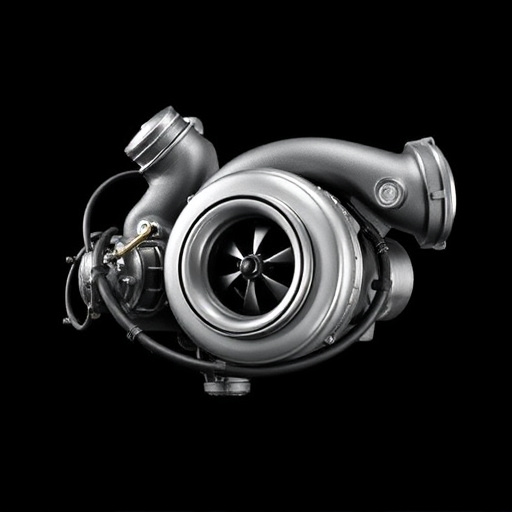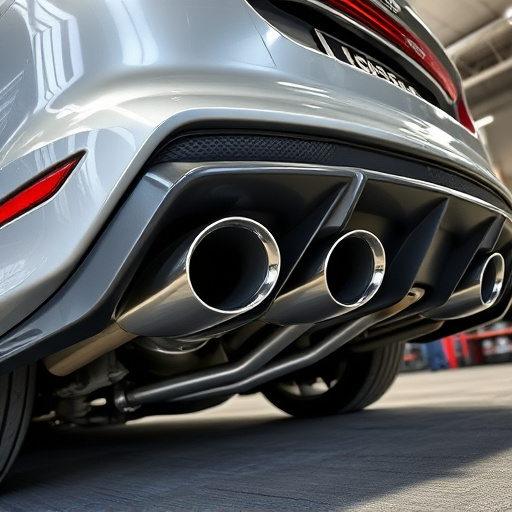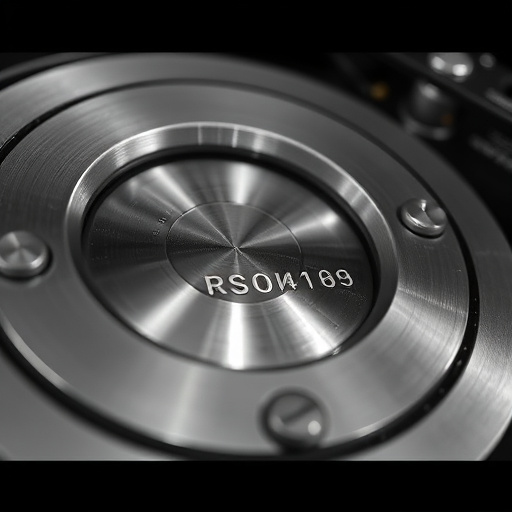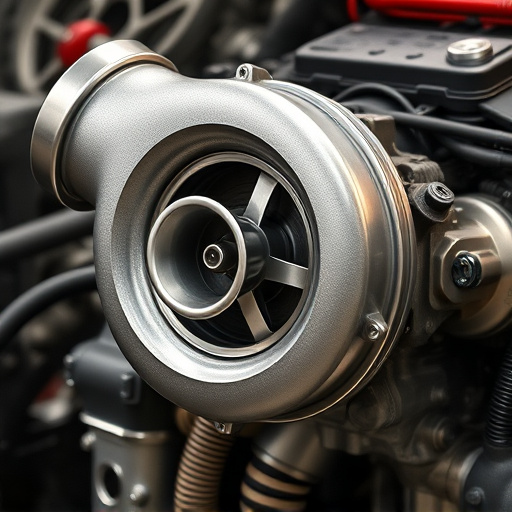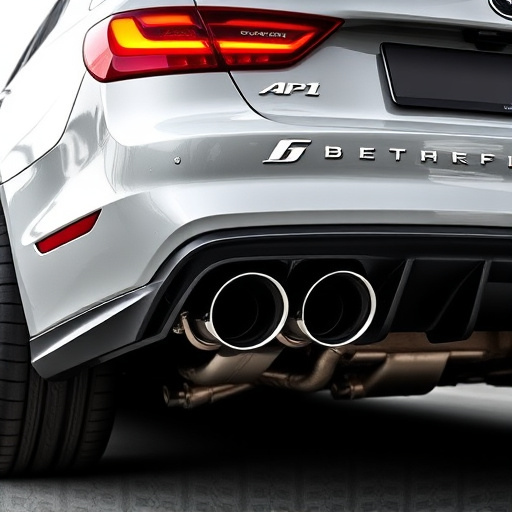Adjustable suspension systems offer automotive enthusiasts enhanced control over vehicle performance and handling. By allowing fine-tuning of ride height, damping, and spring rates, drivers can adapt to various driving conditions and personal preferences. This customization improves cornering capabilities, reduces uneven tire wear, and ensures a balanced ride. While advanced setups require more maintenance, they enable optimal performance and safety.
“Adjustable suspension systems are transforming the driving experience, offering enhanced control and comfort. This article delves into the intricate relationship between these advanced systems and tire wear, providing a comprehensive guide for auto enthusiasts. We explore how adjustable suspensions influence tire longevity and performance balance.
Understanding the mechanics behind these systems is key to unlocking their full potential. By examining the effects on tire wear patterns, we uncover optimal settings for maximum efficiency.”
- Understanding Adjustable Suspension Systems
- How Adjustable Suspension Affects Tire Wear
- Balancing Performance: Benefits and Considerations
Understanding Adjustable Suspension Systems

Adjustable suspension systems have become increasingly popular among automotive enthusiasts due to their ability to enhance both performance and comfort. These advanced mechanisms allow drivers to tweak various settings, such as ride height, damping, and spring rates, catering to different driving conditions and personal preferences. By adjusting these parameters, users can fine-tune the vehicle’s handling, improve cornering capabilities, and achieve a smoother or sportier ride, depending on their choices.
These systems typically involve intricate suspension components, including adjustable shock absorbers, coil overs, and control arms, enabling dynamic adjustments. For example, drivers can lower the car for improved aesthetics and better road grip during track days while raising it for enhanced ground clearance when navigating rough terrains or off-road paths. Additionally, some advanced setups even allow independent control over each wheel, ensuring optimal balance and stability at high speeds, much like how brake rotors and muffler tips align with precision to enhance overall vehicle dynamics.
How Adjustable Suspension Affects Tire Wear
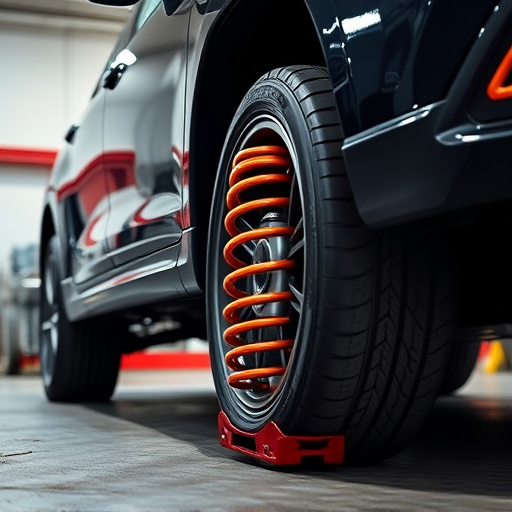
The adjustable suspension system plays a pivotal role in determining tire wear patterns over time. Unlike fixed or non-adjustable suspensions, which maintain consistent spring and damping settings, adjustable suspensions allow drivers to fine-tune their vehicle’s handling characteristics. This tuning capability significantly influences how forces are distributed across each tire during various driving conditions.
When properly calibrated, adjustments to suspension components like shock absorbers and struts can optimize tire contact patch size, reducing uneven wear. For instance, lowering the vehicle through performance air filters or adjusting spring rates can enhance cornering grip, leading to more even tire wear. However, improper tuning may exacerbate issues, especially if brake components are not also considered in the adjustment process. Uneven suspension settings could cause excessive wear on one side of the tires, particularly the outer edges, leading to a need for frequent replacements and impacting vehicle balance.
Balancing Performance: Benefits and Considerations
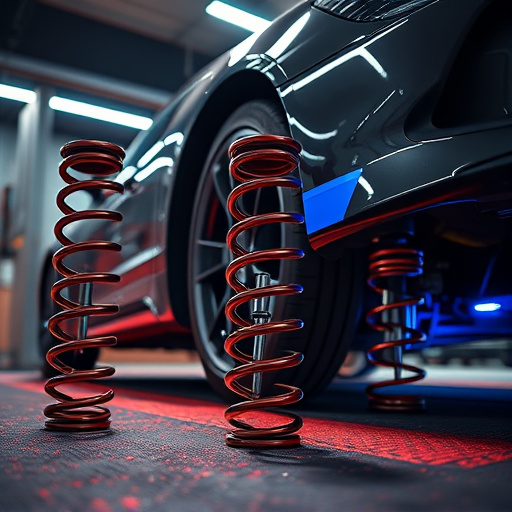
Adjustable suspension systems offer a unique advantage in tire wear management and vehicle balance. By allowing precise adjustments to the ride height, spring rates, and damping, drivers can tailor their vehicle’s setup for various driving conditions and personal preferences. This level of customization ensures optimal contact with the road surface, reducing uneven tire wear that often occurs with fixed suspension systems.
When considering the benefits, it’s essential to balance performance enhancements with practical aspects. Coilover kits, for instance, provide excellent control over suspension dynamics but may require more frequent adjustments and maintenance compared to stock systems or simpler adjustable solutions. Additionally, high-performance air filters can enhance airflow but need regular cleaning or replacement to maintain their efficiency. Even top-quality brake pads, while offering superior stopping power, will wear down over time and must be replaced for optimal vehicle balance and safety. Therefore, the true value of an adjustable suspension lies in its ability to cater to diverse driving styles and track conditions, ensuring a well-balanced and consistent performance throughout.
Adjustable suspension systems offer a unique advantage in enhancing both tire wear and vehicle balance. By allowing precise adjustments, drivers can optimize their tires’ performance potential, ensuring longer tread life and improved handling. This technology provides a fine-tuned approach to vehicle dynamics, catering to various driving conditions and preferences. Thus, understanding and leveraging the impact of adjustable suspension can significantly contribute to a smoother, safer, and more personalized driving experience.








